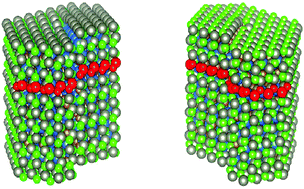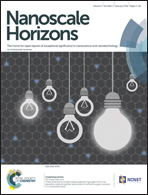The chiral nano-world: chiroptically active quantum nanostructures
Abstract
Chirality is one of the key factors in molecular recognition, therefore the development of new chiral nanoparticles is of great interest to many fields of scientific endeavour including chemistry, biochemistry, pharmacology and medicine. Knowledge of the fundamental concepts relevant to chirality in nanosystems is also very important for further advancement of nanoscience and nanotechnology in general. Over the past years, the use of stereospecific chiral stabilising molecules has opened a new avenue to the area of nanocrystal research. In this review article we present some recent advances in the development of various chiroptically active quantum nanostructures and discuss the latest progress in various approaches for the preparation of these nanostructures. We also consider the intrinsic chirality in quantum nanostructures due to the presence of chiral defects such as screw dislocations and discuss the structure–property relationship. Furthermore, the corresponding potential applications of these chiral nanomaterials has been analysed for key areas: sensing, cytotoxicity mediation and cell imaging, asymmetric catalysis and enantiomeric separation, circular polarised light emitting devices and spintronics. Finally, we provide an outlook for the future development of chiroptically active quantum nanostructures.


 Please wait while we load your content...
Please wait while we load your content...